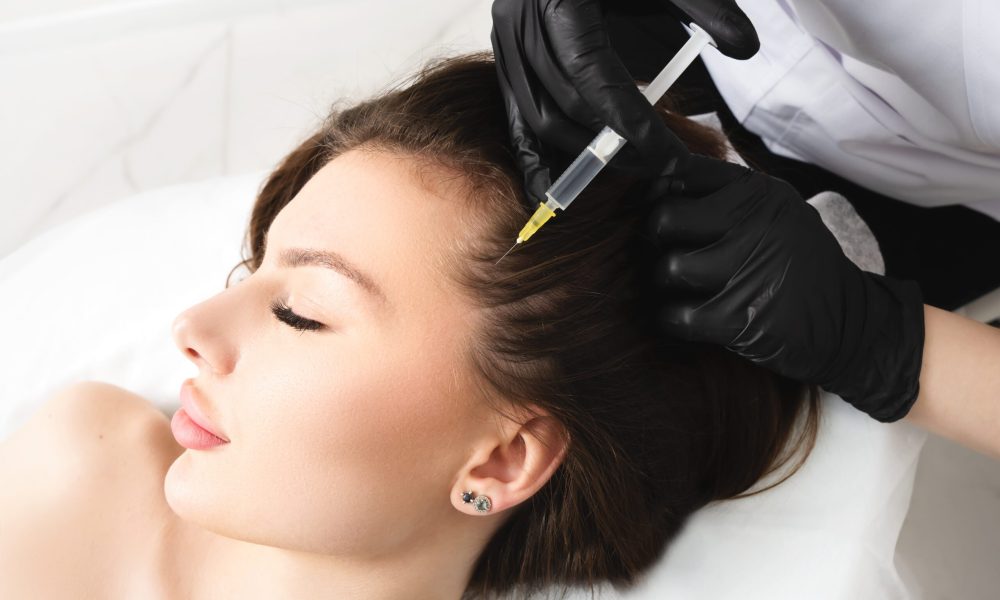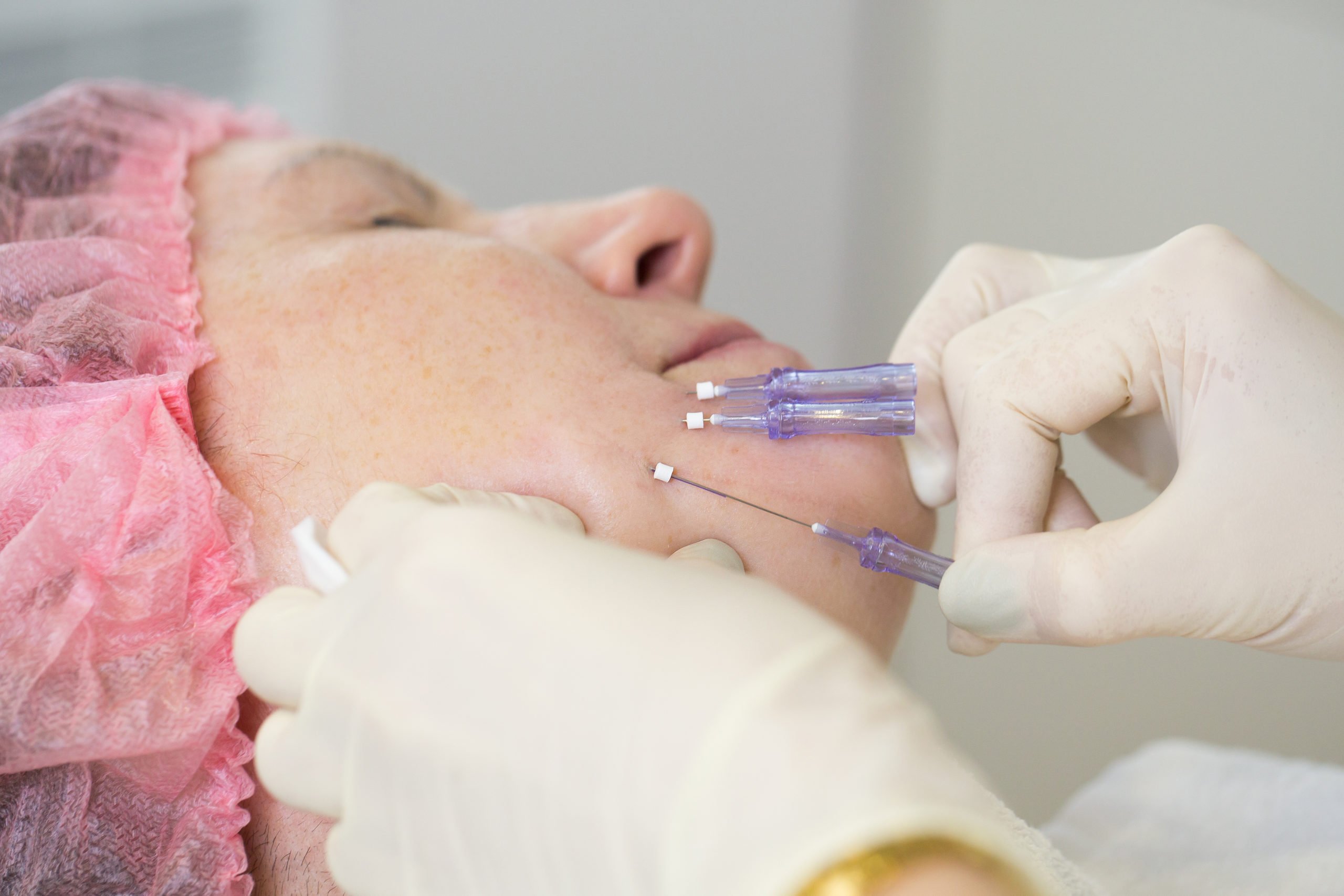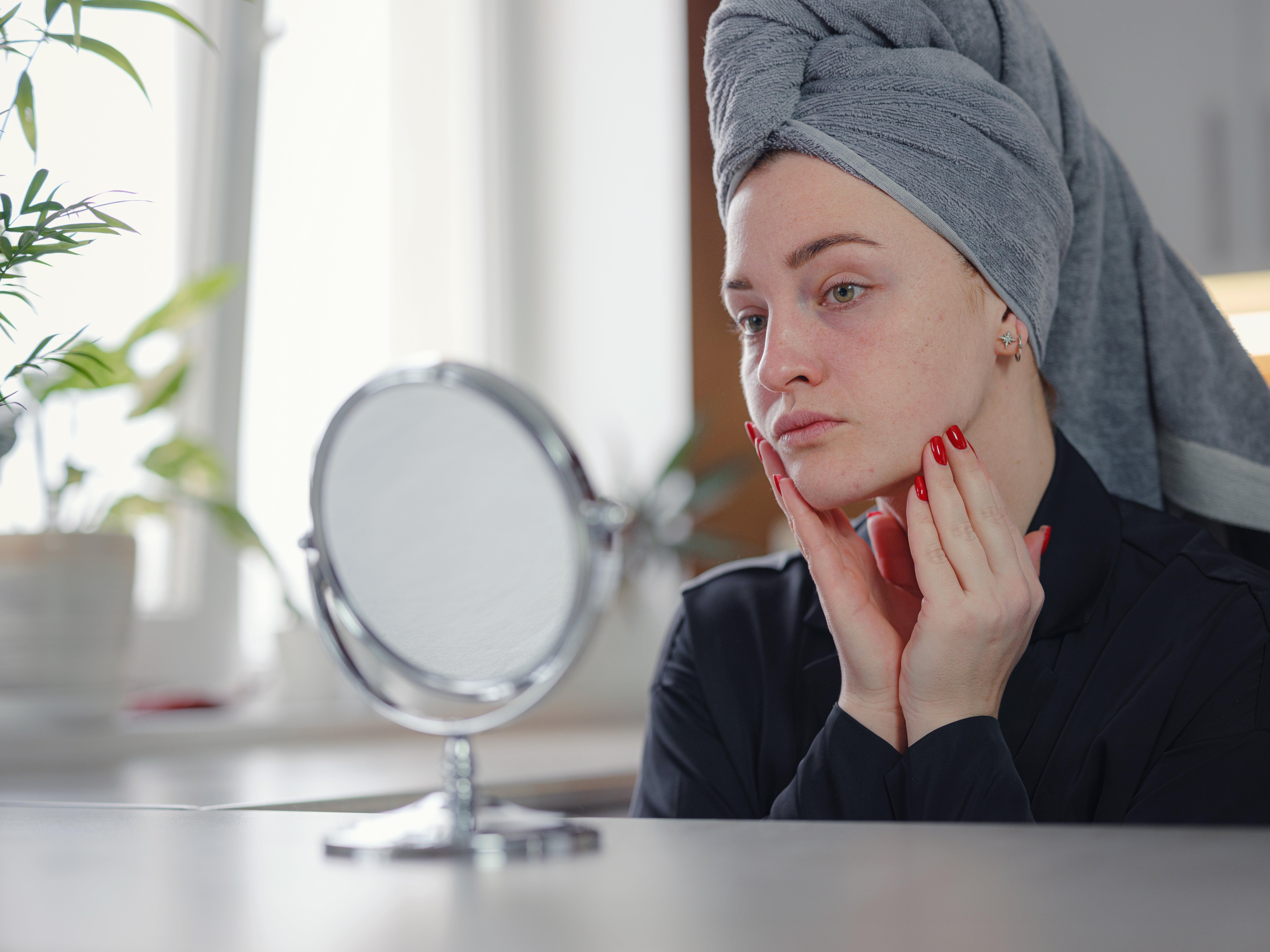Hair loss is a usual problem that affects both men and women. While some people may embrace their baldness, others may feel self-conscious or embarrassed about their thinning hair. Fortunately, several hair restoration treatments are available to help address this issue. These treatments range from surgical procedures to non-invasive options, such as topical treatments and low-level laser therapy. Each treatment has its benefits and drawbacks, and the most appropriate choice will depend on the individual’s needs and the severity of their hair loss. In this modern era, hair restoration treatments have become more accessible and advanced, allowing people to achieve natural-looking results and regain their confidence.
What are the various types of hair restoration treatments?
Hair restoration treatments are becoming increasingly popular as more and more people seek to address hair loss and balding. Here are some of the well-known types of hair restoration treatments:
- Hair transplant surgery involves taking hair follicles from a donor site on the scalp (usually the back or sides of the head) and transplanting them to the balding areas. The transplanted hair will grow naturally, just like the hair at the donor site.
- Platelet-rich plasma (PRP) therapy involves injecting a patient’s blood, which has been processed to concentrate platelets, into the scalp to promote hair growth.
- Low-level laser therapy (LLLT) involves exposing the scalp to low-level lasers to stimulate hair growth. It is non-invasive and has few side effects.
- Topical treatments: These are usually applied directly to the scalp and include medications such as minoxidil and finasteride, which can help slow down or even reverse hair loss.
- Scalp micropigmentation: This involves depositing pigment into the scalp to simulate the appearance of hair follicles. It can be used to create the formation of a closely-cropped buzz cut or to fill in thinning areas.
It’s important to note that the effectiveness of hair restoration treatments can vary depending on the individual and the severity of their hair loss. It’s best to consult a medical professional to determine the most appropriate treatment options for your needs.
What is Platelet-rich Plasma?
Platelet-rich plasma (PRP) is a concentration of platelets and growth factors derived from a patient’s blood. Platelets are a type of blood cell that play a critical role in the body’s natural healing process. They contain proteins called growth factors that help to stimulate cell growth and promote tissue regeneration.
PRP is created by drawing a small amount of blood from the patient and placing it in a centrifuge machine. The centrifuge spins the blood rapidly, separating the platelets and growth factors from other components. The resulting platelet-rich plasma is then collected and used for various medical purposes, including hair restoration, wound healing, and orthopedic injuries.
PRP therapy is a minimally invasive procedure that involves injecting the concentrated platelets and growth factors back into the patient’s body at the site of injury or tissue damage. It is believed that the injection of PRP can enhance the body’s natural healing process and stimulate tissue regeneration.
PRP therapy has recently gained popularity for its potential use in various medical fields. However, it is essential to note that while PRP therapy is generally considered safe, it may not be appropriate for everyone, and it’s always best to consult with a medical professional to determine if it’s the proper treatment for your specific needs.
How does Platelet-rich Plasma work for hair restoration?
PRP therapy for hair restoration is a non-surgical treatment that involves injecting concentrated platelets from the patient’s blood into the scalp. Platelets contain growth factors that promote tissue regeneration and healing, which are believed to stimulate hair growth.
During a PRP therapy session, a small amount of blood is drawn from the patient and then placed in a centrifuge machine, spilling the blood at high speed to separate the platelets from other blood components. The resulting platelet-rich plasma is then injected into the scalp in thinning or balding hair areas.
PRP hair restoration therapy typically involves several sessions for several months to achieve optimal results. While it is generally considered safe, potential side effects may include scalp irritation, mild pain, and swelling.
Who are the suitable candidates for PRP for hair restoration?
Suitable candidates for platelet-rich plasma (PRP) therapy for hair restoration are typically those with mild to moderate hair loss or thinning. PRP therapy may benefit both men and women experiencing hair loss due to androgenic alopecia (pattern baldness), alopecia areata, or other types of hair loss conditions.
However, it’s important to note that PRP therapy may not be effective for those with advanced hair loss or those who have already experienced significant hair thinning or baldness. PRP therapy may also be unsuitable for individuals with certain medical conditions, such as blood disorders or infections.
A consultation with a medical professional, such as a dermatologist or hair restoration specialist, is necessary to determine if PRP therapy is suitable for an individual’s specific hair loss condition and medical history.
What are the advantages of PRP for hair restoration?
Platelet-rich plasma (PRP) therapy for hair restoration has several potential benefits, including:
- Non-surgical: PRP therapy is a non-surgical option for hair restoration, meaning it doesn’t require incisions or anesthesia, making it a less invasive and less risky choice than surgical hair restoration methods.
- Natural: PRP therapy uses the patient’s blood, meaning there is little risk of an allergic reaction or rejection. It’s also considered a more natural approach since it uses the body’s healing mechanisms to stimulate hair growth.
- Practical: While individual results may vary, studies have shown that PRP therapy can effectively promote hair growth and reduce hair loss in those with mild to moderate hair loss or thinning.
- Convenient: PRP therapy is a relatively quick and easy procedure that can be performed in a medical office setting. There is little to no downtime, and patients can resume their normal activities immediately after the procedure.
- PRP therapy is generally considered a safe procedure with few reported side effects. Since it uses the patient’s blood, there is a low risk of infection or other complications.
PRP therapy for hair restoration is proven efficient for several patients, and Jenn Marie Medspa can give it to you with their safe and professional service. Please book an appointment with them today, and be hopeful about hair growth again!





